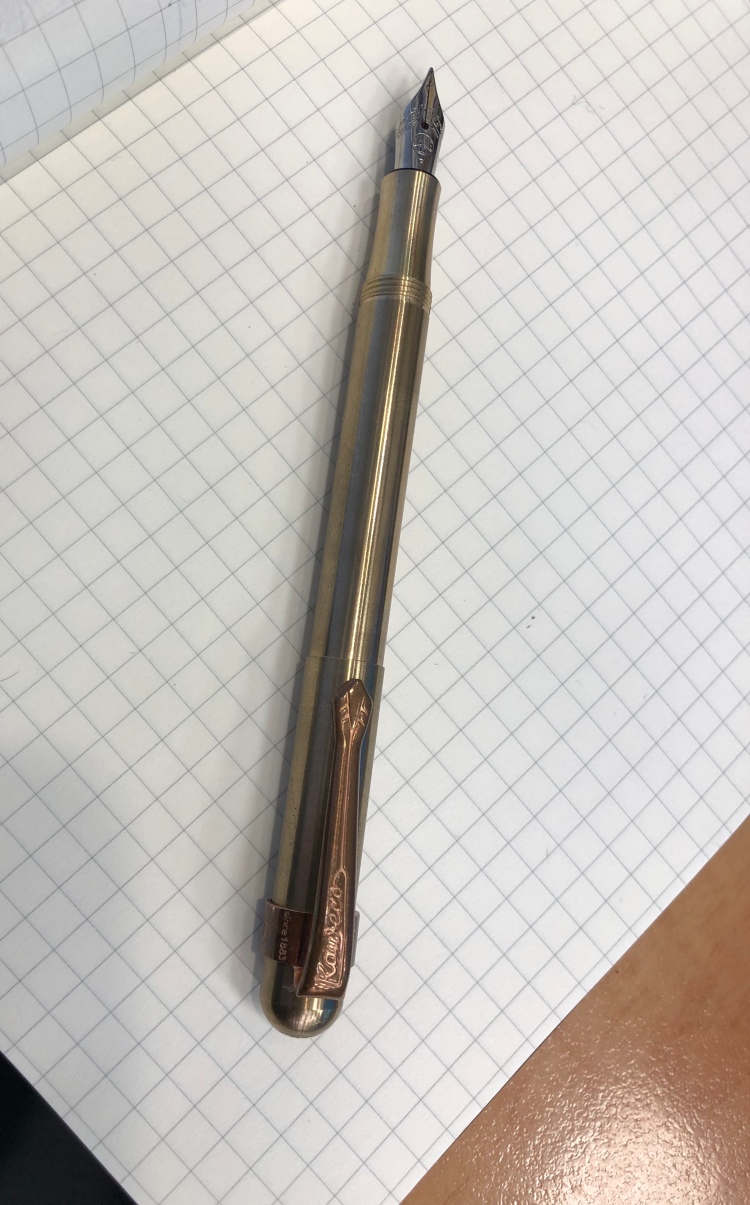How I use my notebooks: Tournament of Books tracking
Most stationery blog posts focus on reviewing products and less on how people actually use all the paper, pens and inks that they buy. I thought I’d try to write a bit more about how I use my stuff, and not just on how cool is all the stuff I have.
This is my latest Field Notes, the Campfire Night. I use a binder clip to keep it closed as it bashes around in my backpack. Without the clip the pages get crumpled and torn after a few days of use. The clip used to be nice and copper coloured but now is just nice and worn silver.

Apart from my day to day to do lists, this notebook currently hosts my Tournament of Books trackers. There’s a list of books that are participating in the contest, divided per round. Those that I’ve read are marked off with blue pencil. This is for my personal use, so you’ll not see any Instagram level calligraphy here. I wasn’t planning to photograph this and blog about it when I created these.


This is where I’m logging who I think should win each round. When the tournament starts I’m going to log who actually won each round on the opposite page.

Since doing this challenge means reading 18 books in a very short period, I’m tracking my reading progress in this notebook as well as in my reading journal, just to make sure that I’m on track (I won’t finish reading these in time, as I’ve started too late, but my goal is to finish reading them all by mid April).

That’s it.

















